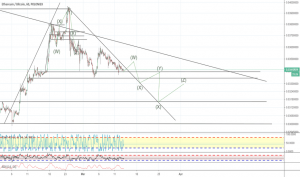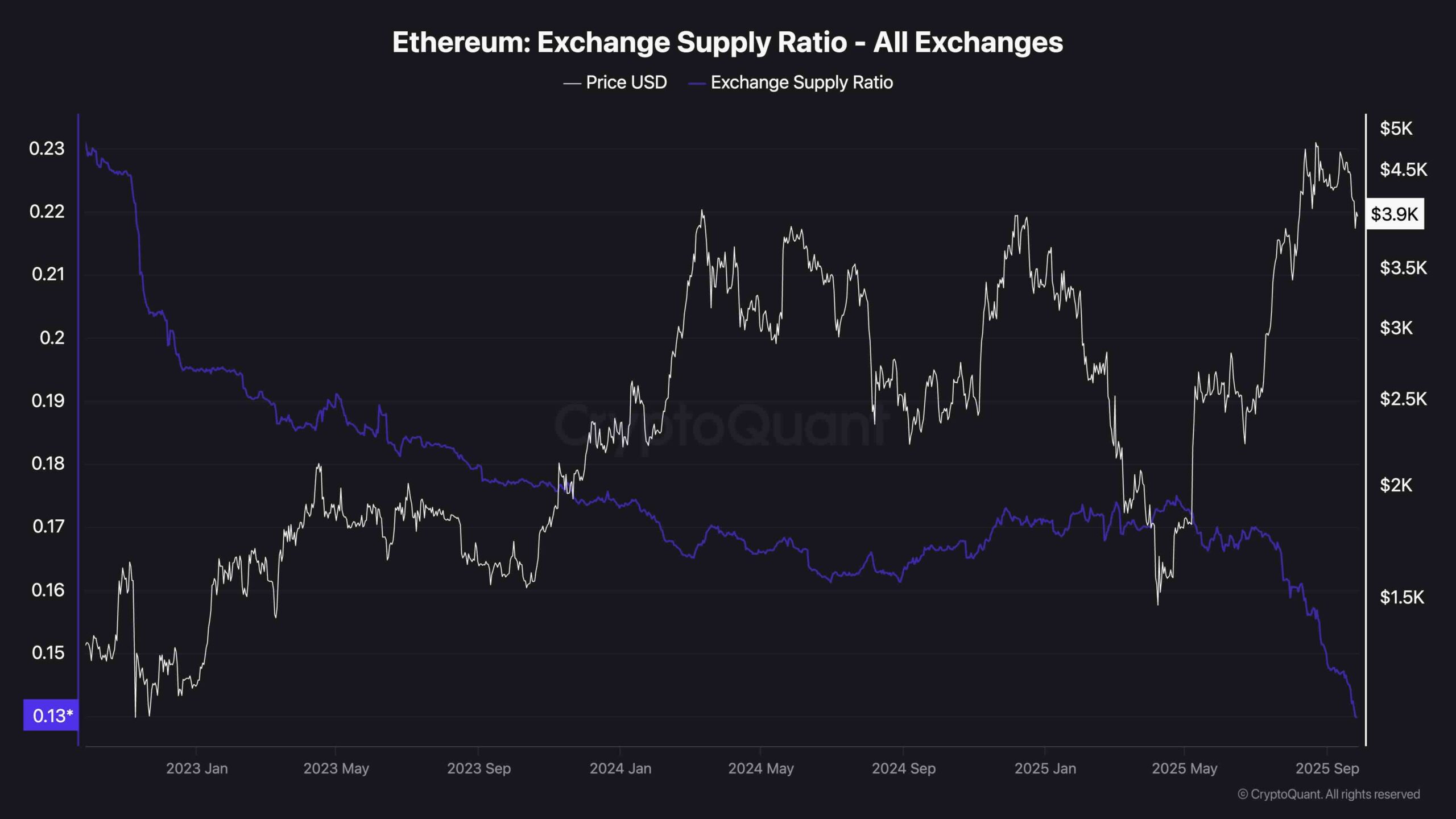Action Plan Template Free Excel Your Project Roadmap
Effectively managing projects, whether personal endeavors or large-scale business initiatives, hinges on meticulous planning. An action plan serves as the cornerstone of this process, providing a structured framework to guide your efforts and track progress. This guide explores the benefits of leveraging a free Excel action plan template, detailing its components, features, and applications across diverse project types.
From defining clear objectives and assigning responsibilities to monitoring progress and adapting to challenges, a well-structured action plan is invaluable. We will delve into the nuances of creating effective action plans using readily available free Excel templates, covering best practices, visual aids, and integration with broader business strategies. We'll also address the differences between personal and business applications, offering practical examples and step-by-step guidance for various project scales.
Understanding "Action Plan Template Free Excel"
A free Excel action plan template provides a readily available and customizable tool for outlining and tracking the steps needed to achieve a specific goal. These templates offer a structured approach to project management, personal development, or any task requiring a series of actions. Their ease of access and familiarity make them a popular choice for individuals and small businesses.Typical components of a free Excel action plan template often include columns for task descriptions, deadlines, assigned individuals (if applicable), status updates, and notes.
Some more advanced templates might incorporate priority levels, dependencies between tasks, and progress tracking metrics. These elements work together to give a clear overview of the project's current state and help manage its progress effectively.
Types of Action Plans Created Using Excel Templates
Excel's flexibility allows for the creation of diverse action plans. For example, a marketing team might use an Excel template to Artikel a product launch campaign, detailing tasks like social media posts, email marketing, and press releases, each with assigned deadlines and responsible parties. A student could use a template to organize their study plan for an exam, breaking down the syllabus into manageable study sessions.
Similarly, a personal finance action plan could track savings goals, debt reduction strategies, and investment plans, with associated deadlines and progress metrics. These are just a few examples showcasing the versatility of Excel in action plan creation.
Benefits and Limitations of Free Excel Templates versus Paid Software
Free Excel templates offer several advantages. They are readily available, require no financial investment, and are easy to learn and use, especially for individuals already familiar with Excel. However, limitations exist. More sophisticated features, such as automated progress tracking, Gantt charts, and collaborative functionalities, are usually absent. Paid project management software often provides these features, along with better data security and more robust reporting capabilities.
The choice between a free Excel template and paid software depends largely on the complexity of the project and the user's specific needs. For simple projects with limited stakeholders, a free Excel template may suffice. For larger, more complex projects involving multiple individuals and intricate dependencies, a dedicated project management software package might be more appropriate.
Best Practices for Organizing Data in Excel Action Plan Templates
Effective data organization is crucial for a successful action plan. Consistency is key. Use clear and concise language in describing tasks. Employ consistent formatting for dates, status updates, and other data points. Prioritize tasks logically, perhaps using a numerical ranking system or color-coding.
Regularly review and update the plan to reflect actual progress and adjust deadlines as needed. Consider using conditional formatting to highlight overdue tasks or those nearing their deadlines, which can improve overall project visibility and time management. This structured approach helps to maintain clarity and ensures the action plan remains a useful tool throughout the project's lifecycle.
Features of a Good Action Plan Template
A well-designed action plan template is crucial for effective project management. It provides a clear structure, facilitates collaboration, and ensures accountability. A user-friendly template streamlines the planning process, minimizing time spent on administrative tasks and maximizing time dedicated to achieving goals.
Essential Features of a User-Friendly Action Plan Template
Three key features contribute to a user-friendly action plan template: clear and concise layout, flexibility, and visual appeal. A clear layout ensures easy navigation and understanding, while flexibility allows adaptation to various project needs. Visual appeal, achieved through the strategic use of formatting and visual aids, enhances engagement and comprehension.
Visual Aids for Enhanced Clarity
Visual aids such as charts and graphs significantly improve an action plan's clarity and impact, especially within an Excel template. They present complex information concisely, making it easier to understand progress, identify bottlenecks, and make informed decisions. For example, a simple bar chart can visually represent task completion rates over time, while a Gantt chart can illustrate task dependencies and deadlines.
Below is an example of a simple table showing tasks and deadlines.
| Task | Deadline |
|---|---|
| Develop Project Proposal | 2024-03-15 |
| Secure Funding | 2024-03-29 |
| Conduct Market Research | 2024-04-12 |
Assigning Responsibilities and Setting Deadlines
Assigning responsibilities and setting deadlines are critical for accountability and timely project completion. Clearly defining who is responsible for each task and establishing realistic deadlines ensures everyone is aware of their roles and the project's timeline. This approach fosters a sense of ownership and helps prevent delays. The following table demonstrates this concept.
| Task | Assigned Person | Deadline |
|---|---|---|
| Project Planning | John Smith | 2024-03-08 |
| Marketing Campaign | Jane Doe | 2024-04-05 |
| Financial Reporting | David Lee | 2024-04-26 |
Tracking Progress and Noting Challenges
A dedicated section for tracking progress and noting challenges is essential for effective project management. This section allows for real-time monitoring of task completion, identification of potential roadblocks, and proactive problem-solving. Regular updates in this section facilitate informed decision-making and adjustments to the action plan as needed. The table below illustrates a suitable format.
| Task | Status | Completion Date | Notes |
|---|---|---|---|
| Website Redesign | In Progress | 2024-03-22 | Minor design adjustments needed. |
| Social Media Campaign | Completed | 2024-03-18 | Exceeded engagement targets. |
| New Product Launch | Delayed | 2024-04-19 | Supply chain issues impacting delivery. |
Using Action Plan Templates for Different Projects
Action plan templates, whether for personal or professional use, provide a structured approach to achieving goals. The core principles remain consistent—defining objectives, outlining tasks, setting deadlines, and assigning responsibilities—but the specifics and scale vary significantly depending on the project's nature and scope.Personal and business projects demand different levels of detail and formality. Personal projects, such as home renovations or learning a new skill, might benefit from a simpler template focusing on key milestones and deadlines.
Business projects, however, often require more intricate planning, encompassing budget allocation, resource management, risk assessment, and stakeholder communication. The level of detail and formal reporting needed in a business context is far greater than for personal endeavors.
Adapting Action Plan Templates for Different Project Scopes
An effective action plan template should be adaptable to projects of varying sizes. A small project, like creating a website, may only require a single sheet outlining tasks and deadlines. A medium-sized project, such as launching a new product line, might need multiple sheets to track different aspects of the campaign. Large-scale projects, such as implementing a new software system across a company, require a more comprehensive plan with detailed task breakdowns, resource allocation, and risk mitigation strategies.
The key is to tailor the level of detail and complexity to the project's scope, ensuring it remains manageable and effective.
Utilizing a Free Excel Action Plan Template for a Marketing Campaign
A step-by-step guide to effectively using a free Excel action plan template for a marketing campaign follows:
1. Define Campaign Objectives
Clearly state the campaign's goals (e.g., increase brand awareness, generate leads, drive sales). These objectives will guide the entire planning process.
2. Identify Target Audience
Define the specific group of people the campaign aims to reach, including their demographics, interests, and online behavior.
3. Develop Marketing Strategies
Artikel the specific marketing tactics to be used (e.g., social media marketing, email marketing, content marketing, paid advertising).
4. Create a Task Breakdown
List all tasks required for each marketing strategy, assigning responsibilities and deadlines to each. This is where the Excel template becomes crucial, allowing for easy task management and tracking.
5. Allocate Resources
Assign budget, personnel, and other resources to each task.
6. Set Key Performance Indicators (KPIs)
Define metrics to measure the campaign's success (e.g., website traffic, conversion rates, social media engagement).
7. Monitor and Evaluate
Regularly track progress against the plan, adjusting as needed based on performance data and unforeseen circumstances.
Sample Action Plan for Launching a New Product
This example uses bullet points to illustrate a concise action plan:* Phase 1: Pre-Launch (2 months)
Conduct market research and competitor analysis.
Finalize product design and packaging.
Develop marketing materials (website, brochures, social media content).
Set up online sales channels (e.g., e-commerce website).
Begin influencer outreach.
Phase 2
Launch (1 month)
Officially launch the product.
Implement marketing campaigns across all channels.
Monitor sales and customer feedback.
Address any initial customer service issues.
Phase 3
Post-Launch (Ongoing)
Analyze campaign performance and adjust strategies as needed.
Gather customer feedback and iterate on product design or marketing.
Explore expansion opportunities.
Integrating Action Plans with New Business Plans
A well-structured action plan is crucial for translating the ambitious goals of a new business plan into tangible, achievable steps. It provides the roadmap for execution, ensuring that strategic objectives are not just Artikeld but actively pursued and measured. By connecting the high-level strategy with concrete actions, an action plan transforms a business plan from a document into a dynamic engine for growth.An action plan directly supports the key objectives defined in a new business plan by breaking them down into manageable tasks.
This granular approach allows for better resource allocation, clearer responsibility assignments, and more effective monitoring of progress. The action plan acts as a bridge, connecting the "what" (business plan objectives) with the "how" (action plan steps).
Action Items Contributing to Business Goals
Specific action items within an action plan directly contribute to achieving business goals by providing a detailed, step-by-step approach. For example, if a business plan aims to increase market share by 15% within the first year, the action plan might include tasks such as launching a targeted marketing campaign (with specific deadlines and budget allocations), developing new product features based on market research, and strengthening relationships with key distributors.
Each of these tasks, when completed successfully, directly contributes to the overarching goal of increased market share. Another example: If a business plan aims to achieve profitability within six months, the action plan will detail steps like securing initial funding, managing operating expenses meticulously, and aggressively pursuing sales leads. These action items are directly tied to profitability and offer a clear path to reach this key goal.
Action Plan and Business Plan Timelines
The action plan's timeline is intrinsically linked to the overall timeline of the new business plan. The action plan's shorter-term goals and deadlines must align with and contribute to the longer-term objectives and milestones of the business plan. For instance, if the business plan projects profitability in 12 months, the action plan might include quarterly milestones for revenue generation, cost control, and market penetration.
These shorter-term goals, achieved sequentially, will culminate in the achievement of the longer-term profitability goal. A mismatch between these timelines can lead to delays and ultimately, failure to achieve the business plan's objectives. For example, a delay in securing funding (an action plan item) could significantly impact the timeline for product launch (a business plan milestone).
Integrating KPIs into the Action Plan
Key Performance Indicators (KPIs) from the new business plan should be integrated into the action plan template to provide measurable benchmarks for success. This ensures that progress toward business goals can be objectively tracked and evaluated. For example, if a key business plan KPI is customer acquisition cost (CAC), the action plan might include specific tasks aimed at reducing CAC, such as optimizing marketing campaigns or improving lead generation strategies.
Each task would have associated metrics (e.g., cost per click, conversion rate) that directly contribute to the overall CAC KPI. By tracking these metrics, progress towards the business plan's overall objectives can be readily monitored and adjusted as needed. This integration provides a closed-loop system, ensuring that actions are directly aligned with, and contribute measurably to, the overarching business strategy.
Visual Representation of an Action Plan
A well-designed visual representation of your action plan is crucial for effective project management. It allows for a quick overview of tasks, timelines, and dependencies, facilitating better communication and collaboration among team members. A clear visual aids in identifying potential bottlenecks and adjusting the plan proactively.
Gantt Charts for Action Plan Visualization
Gantt charts are a powerful tool for visually representing project schedules. They display tasks as horizontal bars, the length of which corresponds to the task's duration. The chart's horizontal axis represents time, typically broken down into days, weeks, or months. The vertical axis lists the individual tasks or project milestones. A well-constructed Gantt chart should include a clear project title, a defined timeframe, a list of all tasks with their start and end dates, task dependencies clearly shown with connecting arrows or lines, and milestones indicated with distinct markers.
Color-coding can further enhance readability by highlighting different task statuses (e.g., completed, in progress, delayed). For example, a Gantt chart for launching a new product might show tasks like "market research," "product design," "manufacturing," and "marketing campaign," each with its own duration and dependencies. The chart would clearly illustrate the sequence of these tasks and the overall project timeline.
Color-Coding for Enhanced Readability
Color-coding significantly improves the readability and understanding of a Gantt chart or any other visual action plan. Consistent use of colors to represent different aspects of the plan helps in quickly identifying key information. For instance, you might use green for completed tasks, yellow for tasks in progress, red for overdue tasks, and blue for tasks assigned to specific team members.
This allows for a rapid assessment of project status and potential roadblocks. Furthermore, different shades of a color can indicate different levels of priority or risk associated with a particular task. This system of visual cues makes it much easier to grasp the overall project status at a glance.
Visual Representation of a Project Timeline
Let's illustrate a complex project timeline using bullet points and descriptive text. Consider the development of a mobile application:* Phase 1: Planning (Weeks 1-4): Market research, competitor analysis, defining app features, and creating a detailed project plan.
Phase 2
Design (Weeks 5-8): UI/UX design, prototyping, and user testing. This phase depends on the completion of the planning phase.
Phase 3
Development (Weeks 9-16): Frontend and backend development, integration of APIs, and regular testing. This is dependent on the design phase.
Phase 4
Testing and Quality Assurance (Weeks 17-18): Thorough testing of the app's functionality, security, and performance. This depends on the completion of the development phase.
Phase 5
Launch and Marketing (Weeks 19-20): App store submission, marketing campaign launch, and post-launch monitoring. This is dependent on the completion of testing and quality assurance.This breakdown illustrates a sequential workflow, where each phase builds upon the previous one.
Visual Representation of Task Dependencies
Dependencies between tasks are best shown using connecting arrows or lines on a Gantt chart or similar visual representation. For example, "Design" cannot begin until "Planning" is complete. This dependency is visually represented by an arrow connecting the end of the "Planning" bar to the start of the "Design" bar. This clearly indicates the sequential nature of the tasks and prevents the possibility of starting a task before its prerequisites are met.
In more complex projects with multiple dependencies, this visual representation becomes essential for avoiding project delays and ensuring smooth workflow. Using different arrow styles or colors could also differentiate between different types of dependencies (e.g., finish-to-start, start-to-start).
Closing Notes
Ultimately, mastering the art of action planning empowers you to approach projects with confidence and efficiency. By utilizing the readily accessible free Excel action plan template, you gain a powerful tool for organizing tasks, allocating resources, and tracking progress. This guide has provided a comprehensive framework for building and implementing effective action plans, equipping you to transform your project ideas into tangible results.
Remember to adapt and refine your plan as needed, fostering flexibility and responsiveness throughout the project lifecycle.
Question & Answer Hub
What are the limitations of using a free Excel template compared to paid software?
Free Excel templates may lack advanced features like Gantt chart automation, collaborative tools, and sophisticated reporting capabilities found in paid project management software. They might also require more manual data entry and formatting.
Can I customize a free Excel action plan template?
Absolutely! Free Excel templates are highly customizable. You can adjust column widths, add or remove sections, change formatting, and incorporate your own branding elements to perfectly suit your needs.
How do I share my Excel action plan with others?
You can share your Excel action plan by saving it to a cloud storage service (like Google Drive or OneDrive) and sharing the link, or by emailing the file as an attachment.
Where can I find free Excel action plan templates?
Many websites offer free Excel action plan templates. A simple online search will yield numerous options; however, always review the template thoroughly before use.



